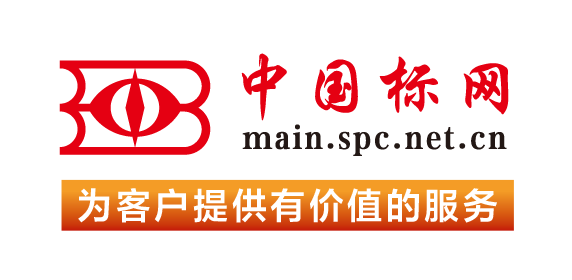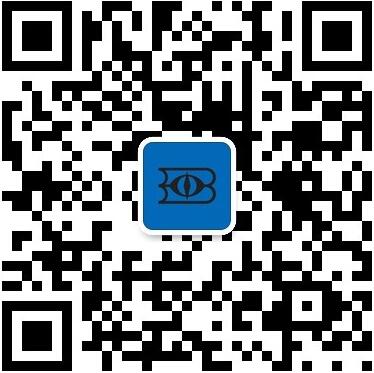【国外标准】 Standard Practice for Electrical Leak Location Using Geomembranes with an Insulating Layer in Intimate Contact with a Conductive Layer via Electrical Capacitance Technique (Conductive-Backed Geomembrane Spark Test)
本网站 发布时间:
2024-02-28
开通会员免费在线看70000余条国内标准,赠送文本下载次数,单本最低仅合13.3元!还可享标准出版进度查询、定制跟踪推送、标准查新等超多特权!
查看详情>>
适用范围:
4.1 Geomembranes are used as barriers to prevent liquids from leaking from landfills, ponds, and other containments. For this purpose, it is desirable that the geomembrane have as little leakage as practical.4.2 The liquids may contain contaminants which, if released, can cause damage to the environment. Leaking liquids can erode the subgrade, causing further damage. Leakage can result in product loss or otherwise prevent the installation from performing its intended containment purpose.4.3 Geomembranes are often assembled in the field, either by unrolling and welding panels of the geomembrane material together in the field, unfolding flexible geomembranes in the field, or a combination of both.4.4 Geomembrane leaks can be caused by poor quality of the subgrade, poor quality of the material placed on the geomembrane, accidents, poor workmanship, manufacturing defects, and carelessness.4.5 Electrical leak location methods are an effective and proven quality assurance measure to detect and locate leaks.1.1 This practice is a performance-based standard for an electrical method for locating leaks in exposed conductive-backed geomembranes. For clarity, this practice uses the term “leak” to mean holes, punctures, tears, knife cuts, seam defects, cracks, and similar breaches in an installed geomembrane (as defined in 3.2.7).1.2 This practice can be used for conductive-backed geomembranes installed in basins, ponds, tanks, ore and waste pads, landfill cells, landfill caps, canals, and other containment facilities. It is applicable for conductive-backed geomembranes made of materials such as polyethylene, polypropylene, polyvinyl chloride, chlorosulfonated polyethylene, bituminous geomembrane, and any other electrically insulating materials. This practice is best applicable for locating conductive-backed geomembrane leaks where the proper preparations have been made during the construction of the facility.1.3 For electrical leak location of conductive-backed geomembranes using methods in lieu of or in addition to the spark testing method, the installation must be electrically isolated (as defined in 3.2.5).1.4 The values stated in SI units are to be regarded as standard. No other units of measurement are included in this standard.1.5 The spark test may produce an electrical spark and therefore should only be used where an electrical spark would not create a hazard. This standard does not purport to address all of the safety concerns, if any, associated with its use. It is the responsibility of the user of this standard to establish appropriate safety, health, and environmental practices and determine the applicability of regulatory limitations prior to use.1.6 This international standard was developed in accordance with internationally recognized principles on standardization established in the Decision on Principles for the Development of International Standards, Guides and Recommendations issued by the World Trade Organization Technical Barriers to Trade (TBT) Committee.
标准号:
ASTM D7240-18
标准名称:
Standard Practice for Electrical Leak Location Using Geomembranes with an Insulating Layer in Intimate Contact with a Conductive Layer via Electrical Capacitance Technique (Conductive-Backed Geomembrane Spark Test)
英文名称:
Standard Practice for Electrical Leak Location Using Geomembranes with an Insulating Layer in Intimate Contact with a Conductive Layer via Electrical Capacitance Technique (Conductive-Backed Geomembrane Spark Test)标准状态:
Active-
发布日期:
-
实施日期:
出版语种:
- 推荐标准
- ASTM E747-18 Standard Practice for Design, Manufacture and Material Grouping Classification of Wire Image Quality Indicators (IQI) Used for Radiology
- ASTM E749/E749M-17(2021) Standard Practice for Acoustic Emission Monitoring During Continuous Welding
- ASTM E751/E751M-17(2022) Standard Practice for Acoustic Emission Monitoring During Resistance Spot-Welding
- ASTM E756-05(2023) Standard Test Method for Measuring Vibration-Damping Properties of Materials
- ASTM E759/E759M-92(2023) Standard Test Method for Effect of Deflection on Sprayed Fire-Resistive Material Applied to Structural Members
- ASTM E760/E760M-92(2023) Standard Test Method for Effect of Impact on Bonding of Sprayed Fire-Resistive Material Applied to Structural Members
- ASTM E761/E761M-92(2023) Standard Test Method for Compressive Strength of Sprayed Fire-Resistive Material Applied to Structural Members
- ASTM E768-99(2018) Standard Guide for Preparing and Evaluating Specimens for Automatic Inclusion Assessment of Steel
- ASTM E776-23 Standard Test Method for Determination of Forms of Chlorine in Refuse-Derived Fuel
- ASTM E778-15(2021) Standard Test Methods for Nitrogen in Refuse-Derived Fuel Analysis Samples
- ASTM E779-19 Standard Test Method for Determining Air Leakage Rate by Fan Pressurization
- ASTM E780-17(2021) Standard Test Method for Measuring the Insulation Resistance of Mineral-Insulated, Metal-Sheathed Thermocouples and Mineral-Insulated, Metal-Sheathed Cable at Room Temperature
- ASTM E781-86(2023) Standard Practice for Evaluating Absorptive Solar Receiver Materials When Exposed to Conditions Simulating Stagnation in Solar Collectors with Cover Plates
- ASTM E782-95(2022) Standard Practice for Exposure of Cover Materials for Solar Collectors to Natural Weathering Under Conditions Simulating Operational Mode
- ASTM E784-89(2022) Standard Specification for Clamps, Utility, Laboratory, and Holders, Buret and Clamp
 购物车
购物车 400-168-0010
400-168-0010













